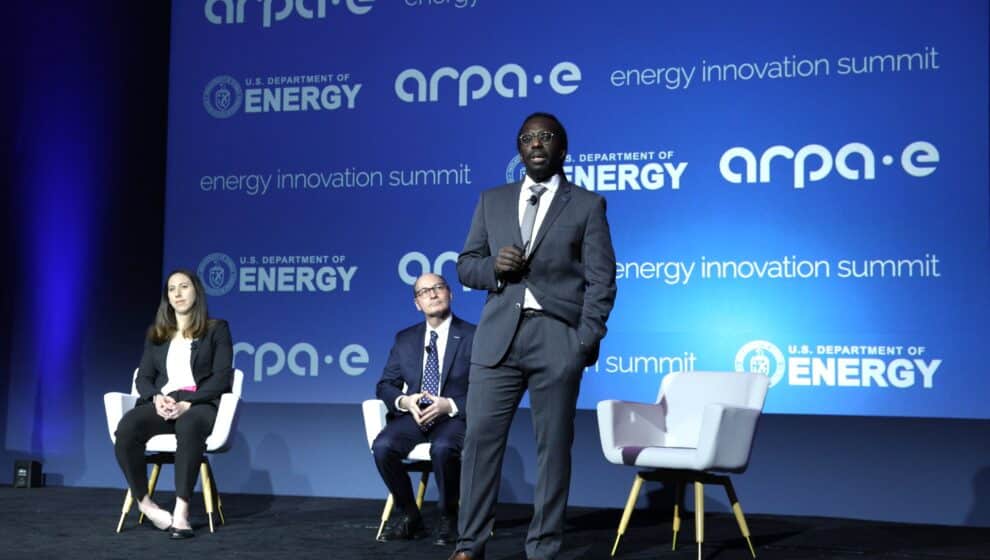The Department of Energy (DOE) is hosting its annual ARPA-E, or Advanced Research Projects Agency–Energy, conference with many innovations focusing on carbon reduction.
Key Details
- ARPA-E funds risky energy projects that have difficulty receiving private sector investment.
- The agency has given out some $3.3 billion to more than 1,400 projects since 2009, according to Bloomberg writer Ari Natter.
- ARPA-E projects have led to some $11 billion in private sector funding, the formation of 131 companies, and 934 patents, according to the Energy Department.
- Recent efforts showcased at the conference focus on decarbonization, including microbes that can absorb elements needed for batteries and carbon-negative cement.
Why it’s news
U.S. President Joe Biden has proposed achieving 100% clean energy and net-zero carbon emissions by 2050, which started the race to make America green and opened the door for new decarbonization innovations.
Each year ARPA-E hosts the ARPA-E Energy Innovation Summit. The summit is a conference and technology showcase that brings energy professionals together to discuss ideas and display new innovations that can help America’s energy challenges.
The inventions at the summit are typically projects that are too risky to receive private investments, but the agency has given out billions to inventions at previous showcases. ARPA-E was modeled after the U.S. Department of Defense research shop credited with helping develop the Internet, GPS, and other notable projects.
This year, many of the projects were focused on carbon reduction as the U.S. pushes forward to reach net-zero carbon emissions by 2050.
One project is a bio-mining project for critical minerals, which uses engineered microbes that adsorb rare earth elements needed for renewables and batteries, according to Bloomberg.
Part of America’s push for decarbonization is centered around electric vehicles (EVs), which require many critical materials to power the batteries, and providing a microbe to make mining more efficient could help make EVs that much better for the environment.
Another innovation at the summit is a process developed by Brimstone Energy to make carbon-negative cement. The method uses calcium silicate rock instead of limestone, which is carbon-heavy, thus removing carbon from the air during cementing.
Although ARPA-E projects have led to some $11 billion in private sector funding, the formation of 131 companies, and 934 patents, not all innovations have succeeded.
Many failed projects debuted at the summit, including a plan to convert carbon dioxide to ethanol and a transparent window film to improve thermal insulation.
In 2017, then-President Donald Trump attempted to cancel the program, but Congress disagreed and decided to boost the program’s funding by $15 million instead.
Opponents such as Trump argue that the federal government did not need another grant program, and if the technology was good enough to receive government grants, the innovations could garner private funds without government assistance. Public money is not needed when private funds can handle it.
Congress disagreed with his arguments stating that the agency serves a purpose that differs from traditional funding and that these innovations will not receive private funding due to the high risks of the projects.
Other industry leaders agreed with Congress stating that cutting funding to ARPA-E would put the economic and energy security of the U.S. at risk and threaten America’s place as an energy leader.
Despite Trump’s efforts to close the program, Congress increased ARPA-E’s funding by $15 million to help push America toward more energy-saving opportunities.
The agency continues to develop decarbonization and energy-efficient efforts leading President Joe Biden to propose an increase of the current budget of $470 million by 38%.
